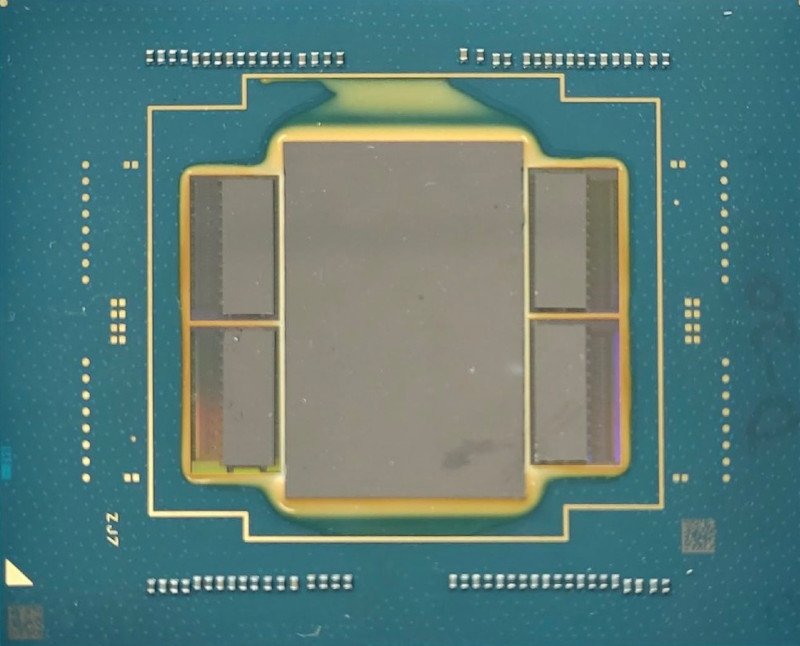It’s very likely indeed that whatever you are reading this on will have a multi-core processor. They’re now the norm, but the path to they octa-or-more-core chip in your phone has gone from individual processors with PCB interconnects through many generations of ever faster on-chip ones.
But what if your power needs are so high-end that you need more cores that can be fitted on one chip, but without the slow PCB interconnect to another? If you’re Intel, you develop a multi-core processor with an on-chip photonic interconnect. It talks to the neighboring ones in its cluster at full speed, via light.
The chip in question isn’t one you’ll see in a machine near you, instead it’s inspired by the extremely demanding requirements for DARPA’s HIVE graph analytics program. So this is a machine for supercomputers in huge data centers rather than desktop computers, it will be assembled into multi-die packages with that chip-to-chip optical networking built in. But your computer today is the equal of a supercomputer from not that many years ago, so never say you won’t one day be using its descendant technologies.

















I remember the days when Intel’s Thunderbolt technology was still “Light Peak”. It was meant to provide optical links between motherboard components etc. Boy, was I disappointed when Thunderbolt came out, such a step backwards. I wished it had failed, altogether rather. 😔
If Thunderbolt had been optical, it would have failed immediately. Delicate fiber optics and average users aren’t compatible.
Yeah, when you look at how many “robust” USB cables the average user destroys on a yearly basis, putting fiber into the mix would be ludicrous ;-)
X-ray can’t find it if it gets into your blood.
…Sure it can? I would think the x-ray absorption would be different
Domestic audio optics are common, though normally used in static installations (plugged/unplugged infrequently). They seem pretty solid and reliable!
TOSLINK and it’s variants use a 1mm plastic fiber that can take a lot of abuse, but is too slow for gigabit networks. High-speed networking uses much thinner glass fiber, precision connectors and polished mating surfaces.
Interesting thing about TOSLink, it does not use a laser, but it does used a blinking LED!
Eh, you might deal with the delicacy if you protect the ends from fouling and you build them to survive being tripped over / yanked – fiber patch cables aren’t *that* fragile – but the minimum bend radius is never going to be obeyed.
“…slow PCB interconnect to another?”
That sounds pretty one-sided regarding multiple separate CPUs vs multiple cores on a CPU.
Isn’t there a security issue with multi-core CPUs such as one is forced to chose between an OS patch which gives up a huge chunk of speed vs having a gaping security hole? And doesn’t that issue not exist when using multiple single-core CPUs on a single motherboard?
I think you’re talking about speculative execution (SPECTRE et al). That’s something that happens in each core, as well as between cores AFAIK.
Basically, you aren’t using all of the processing element of each core all the time. If the spare resources are available, you can calculate the results of *all* code paths in a branch using the otherwise unused processing elements, and throw away the ones that aren’t used.
Unfortunately, you can learn things about what else the processor is doing by carefully crafting branches.
The all paths thing is a myth. Current processors basically guess the most probable instruction sequence, and execute it. If it turns out wrong instructions were executed, their results are discarded, but some effects (for example changes in cache lines loaded in caches) remain.
The speed of electricity in copper and the speed of light in fibre is about the same. It’s why copper has hung on so long.
The biggest different is signal integrity and how much energy is required to maintain it.
Might be able to use some of the properties unique to photons.
The energy moves outside of the copper; the speed of the actual electrons migrating is extremely slow, maybe around a centimeter per second. However the electric field propagates very fast.
-t. Pedant
Clearly, we need a microwave link between CPU cores to reduce the latency
Funny idea, the propagation delay will depend on weather conditions. Or maybe not so funny, ask stock brokers in New York and elsewhere.
btw: multicore CPUs already have internal microwave links, but due to (the lack of) their size they behave more like capacitors.
Was reading this on my C128. Does having 2 CPU counts as multi-core because it has 2 cores on the same motherboard? :D
I could have gone even older with my SuperPET that has 6502 and 6807 CPU but it needed a little TLC and a way of connecting it to the internet.
Surprised they sare not considering waveguide structures as RF interconnects. As geometries shrink the Ft of the fet increases and percentage bandwidth is in the Gigabit realms. Could also be used for clock sync